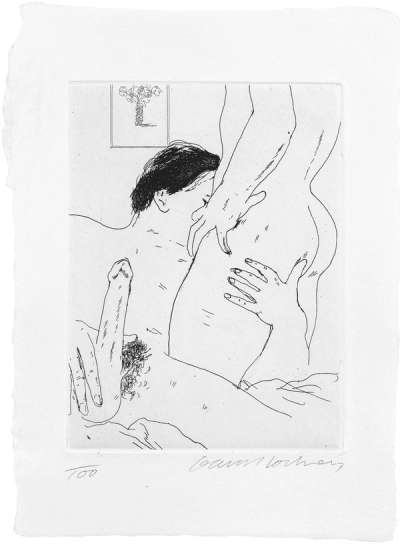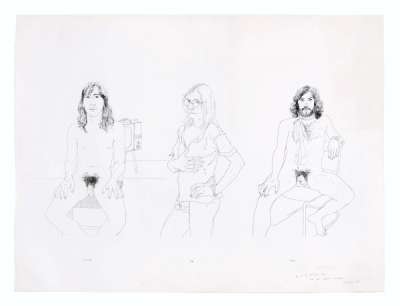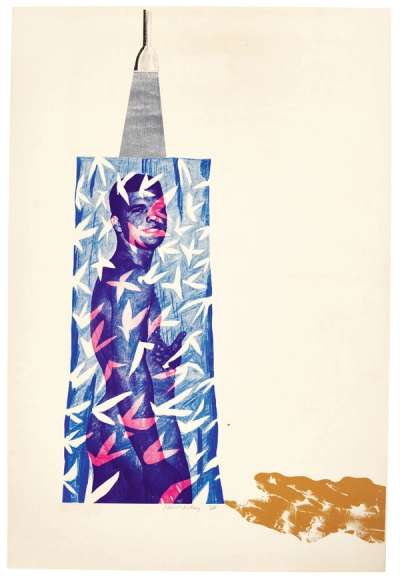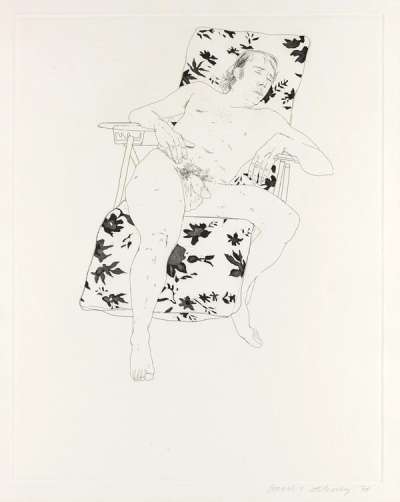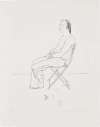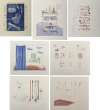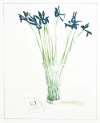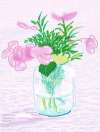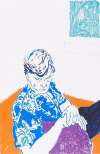Erotic
Prints
David Hockney’s homosexuality has always been a defining element of his identity as an artist. Yet the evolution of public acceptance can be traced, with works following his move to LA embracing an ever-greater degree of freedom, producing these poignant works depicting his loved ones in intimate lights.
David Hockney Erotic Prints For sale
Erotic Prints Value (5 Years)
With £29512 in the past 12 months, David Hockney's Erotic Prints series is one of the most actively traded in the market. Prices have varied significantly – from £564 to £13689 – driven by fluctuations in factors like condition, provenance, and market timing. Over the past 12 months, the average selling price was £7378, with an average annual growth rate of 6.76% across the series.
Erotic Prints Market value
Auction Results
| Artwork | Auction Date | Auction House | Return to Seller | Hammer Price | Buyer Paid |
|---|---|---|---|---|---|
 Cleanliness Is Next To Godliness David Hockney Signed Print | 27 Nov 2025 | Koller Zurich | £8,075 | £9,500 | £11,500 |
 An Erotic Etching David Hockney Signed Print | 16 Apr 2025 | Bonhams New Bond Street | £3,060 | £3,600 | £4,600 |
 Mo Asleep David Hockney Signed Print | 28 Nov 2023 | Artcurial | £2,593 | £3,050 | £4,100 |
 For The OZ Obscenity Fund David Hockney Signed Print | 15 Nov 2023 | Sotheby's Online | £1,063 | £1,250 | £1,650 |
Sell Your Art
with Us
with Us
Join Our Network of Collectors. Buy, Sell and Track Demand
Meaning & Analysis
Homosexuality has been a longstanding theme in his work and a key pillar of Hockney’s identity, as epitomised in his Erotic Prints series. At the time it was still illegal to be gay in England, however this changed when the Sexual Offences Act was passed in 1967. That same year Hockney published his seminal portfolioIllustrations For Fourteen Poems By C.P. Cavafy which featured a number of scenes with a gay couple in bed together as well as nude portraits. A bold celebration of gay love and a call for acceptance and solidarity with a marginalised group that had been carefully ignored by traditional society and culture for centuries, the series marked an important moment for Hockney in terms of his sexuality and his career. Speaking about the publication of the prints the artist commented, “I was rather proud of it at the time, and yeah, I would have thought of it as good propaganda, I would. And [it] probably helped a little bit. And I would always defend my life as it were – what I was up to. I wasn't speaking for anybody else, but I would certainly defend my way of living, yes. I've never really been an activist, only in my work – that's my job, to do my work, not to spend it doing anything else.”
With works such as Cleanliness Is Next To Godliness, dating from 1965, we see Hockney – just one year into living in LA – embrace a new kind of freedom in his work. A man is shown behind a shower curtain, his body half turned towards us, as if interrupted by the viewer.The figure is actually taken from a photograph Hockney found in the magazine Physique Pictorial which was overlaid with colour to become part of the screenprint.
Similarly erotic works from the ’70s show him pushing his exploration of the male nude further, with prints such as Mo Asleep giving us an insight into his private life and his affection for his friends and lovers. Here the intaglio medium gives him the freedom to use a sharp line, recreating the quickness of his sketches. An Erotic Etching from 1975 is perhaps his most overtly erotic work, showing a man giving his partner oral sex while touching himself. Both figures’ faces are obscured and while the print is graphic in nature, it does not feel pornographic, the artist’s gaze produces an intimate and tender portrayal of gay love.
